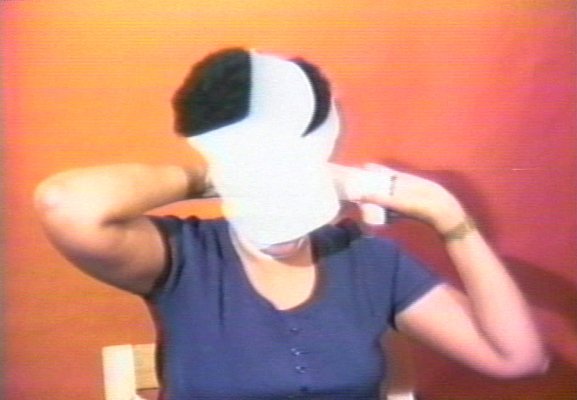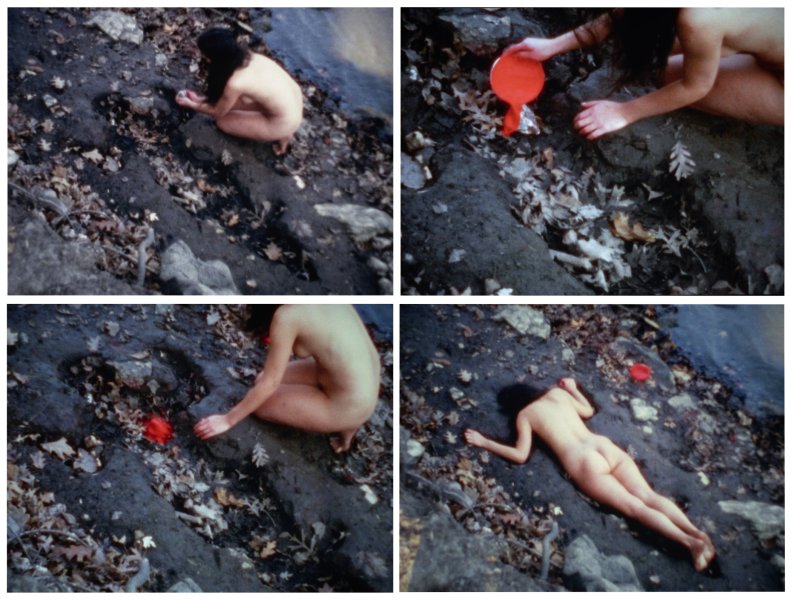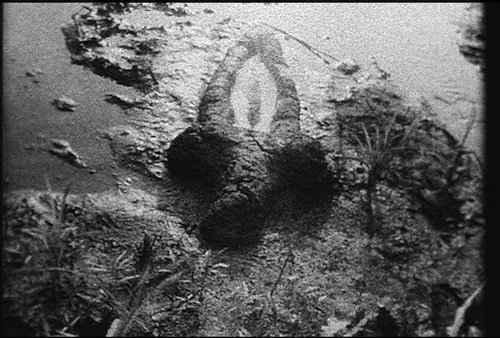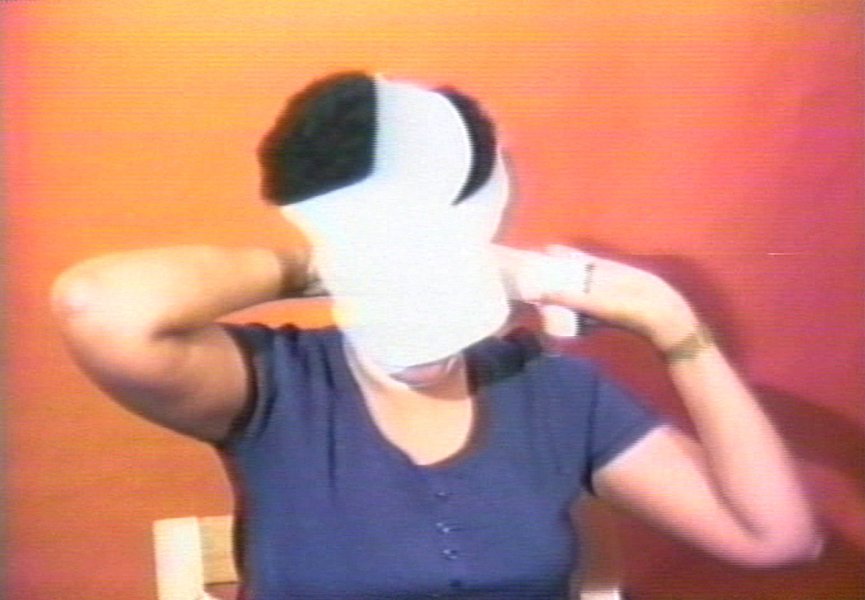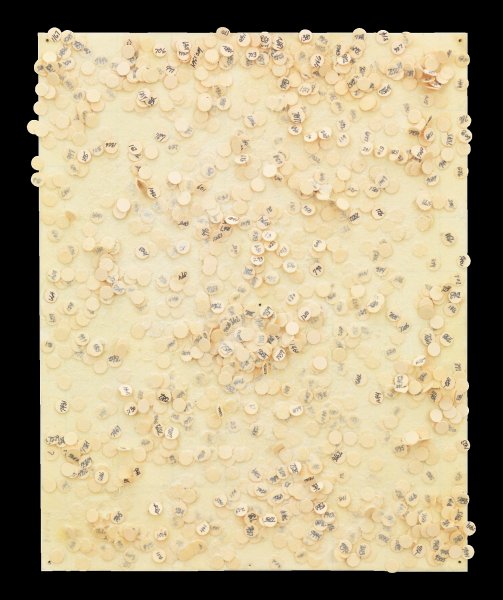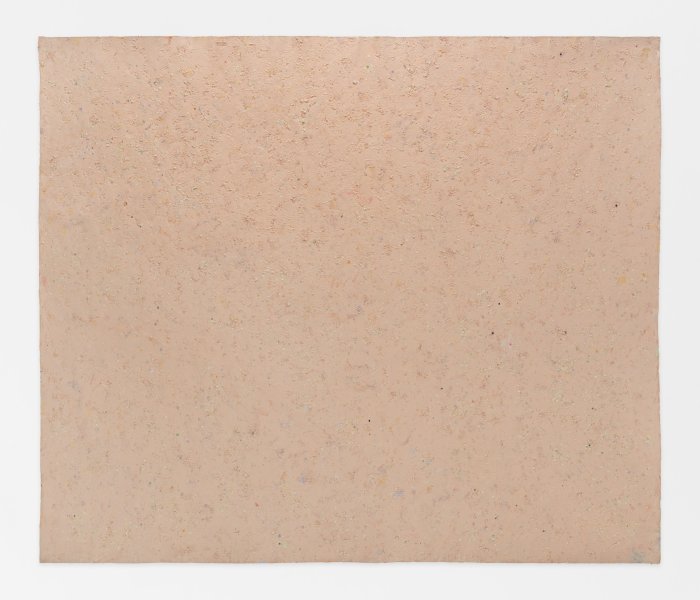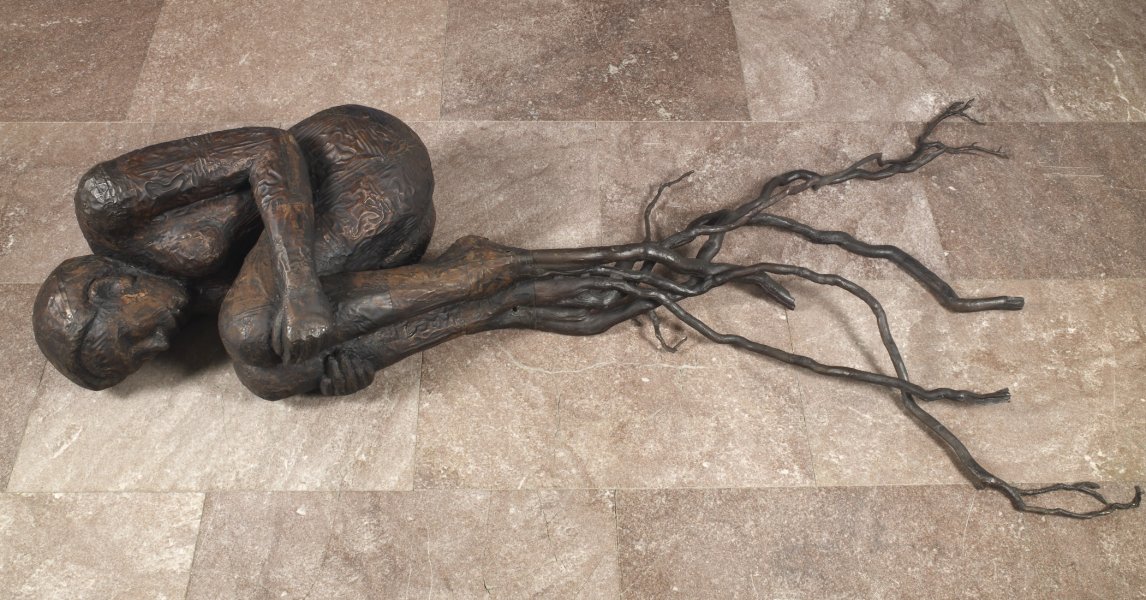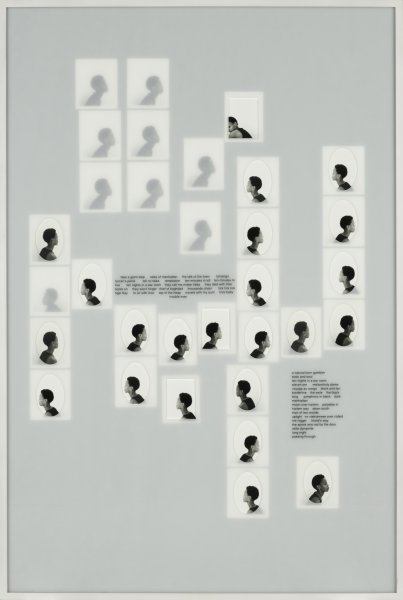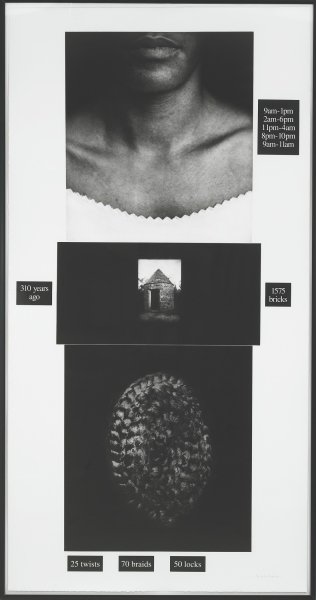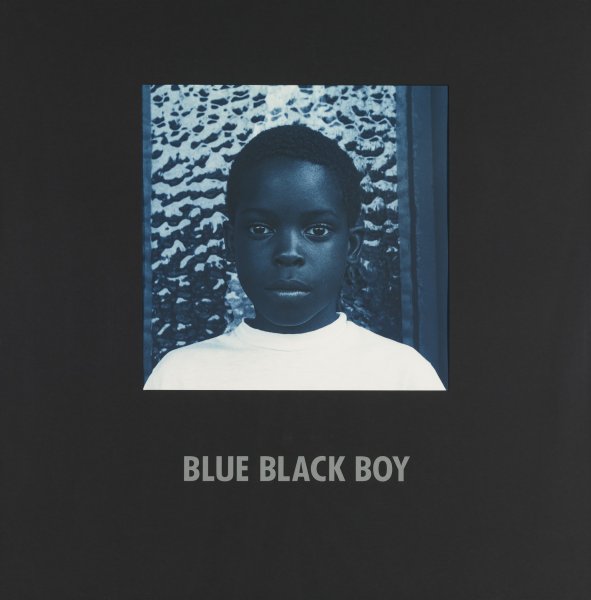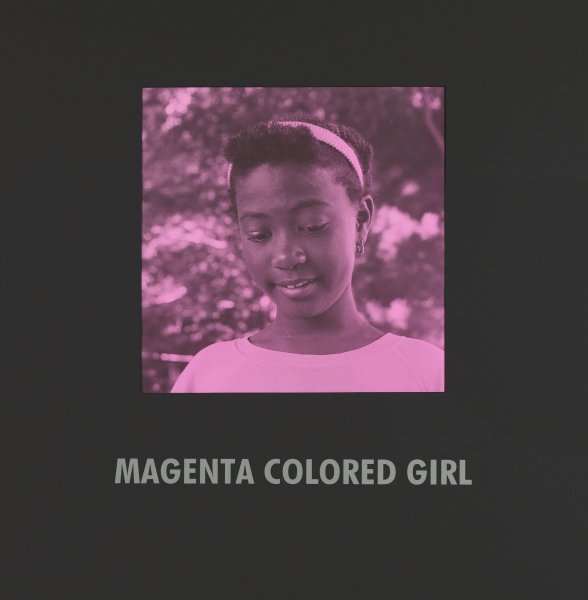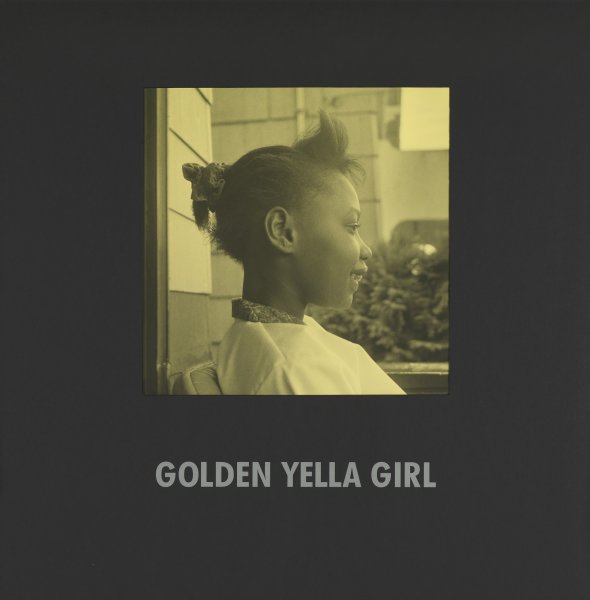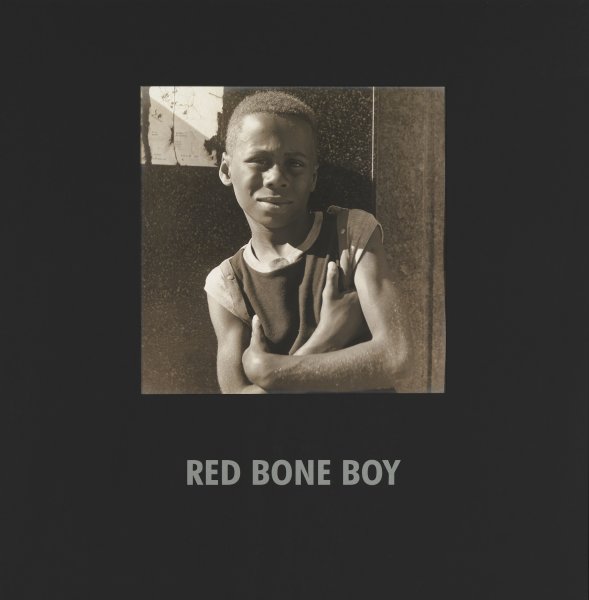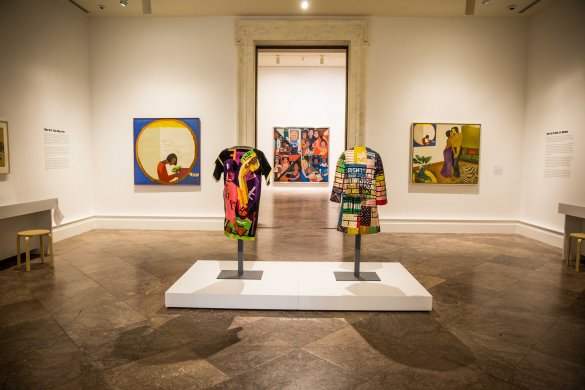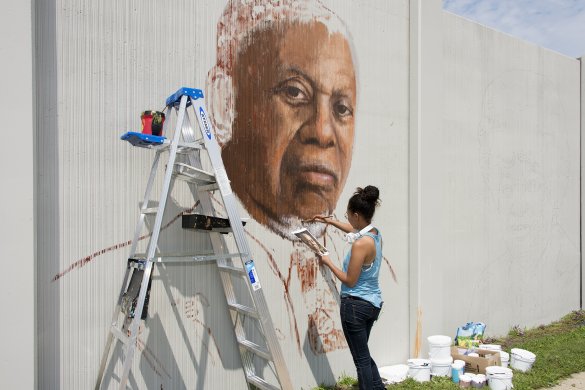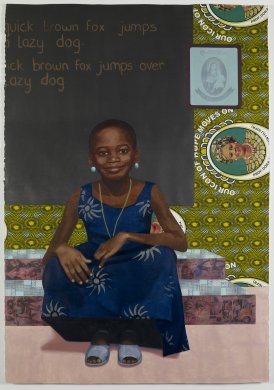On the occasion of Women’s History Month, and in conjunction with the National Museum of Women in the Arts’ third annual #5WomenArtists campaign, we're highlighting five women artists with works in our collection each Wednesday this month. This week we focus on artists whose works are also included in our current exhibition We Wanted a Revolution: Black Radical Women, 1965–85.
Ana Mendieta began to make performance-based sculptural work with her body in the natural environment in the 1970s. As complex as they are hauntingly beautiful, these "earth-body sculptures" feature primitive materials such as earth, fire, water, and blood. The Albright-Knox owns two works from her "Silhouette" series—Heart of Rock with Blood, 1975, and Birth (Gunpowder Works), 1981—both of which were on view in 2014 in One Another: Spiderlike, I Spin Mirrors.
The Albright-Knox owns three works by Howardena Pindell, one of which—Free, White and 21, 1980—is on view in We Wanted a Revolution. This intensely personal and political film was a stark departure from the abstract works on paper for which she is primarily known. The film was first shown in Dialectics of Isolation: An Exhibition of Third World Women Artists of the United States, curated by Ana Mendieta at A.I.R. Gallery in 1980.
Reflecting her multicultural heritage, Alison Saar models many of her subjects after African deities as a means to glorify and celebrate the black female body. In Bareroot, 2007—which was most recently on view in 2014 in One Another: Spiderlike, I Spin Mirrors—a female figure lies on its side, knees pulled tightly to its chest and its feet melded into a series of meandering roots. Saar's Sapphire, 1985, is on view in We Wanted a Revolution.
Lorna Simpson believes that art, especially photography, has the potential to change the world for the better. But the issues she addresses, such as the African-American experience in society, are not easy ones and leave her work open to a variety of interpretations. The Albright-Knox owns two works by Simpson, one of which, Counting, 1991, was recently on view in Overtime: The Art of Work in 2015. Simpson's Gestures/Re-enactments, 1985, and Waterbearer, 1986, are on view in We Wanted a Revolution.
Through text, Carrie Mae Weems transforms documentary-style photography into compassionate meditations on black identity. In her series “Colored People,” Weems illuminates the range of skin color and stereotype imbued in the term “black.” The Albright-Knox's four works from this series were recently on view in Eye to Eye: Looking Beyond Likeness in 2015. Weems's Mirror Mirror, 1987–88, and White Patty You Don’t Shine, 1987–88, are on view in We Wanted a Revolution.
